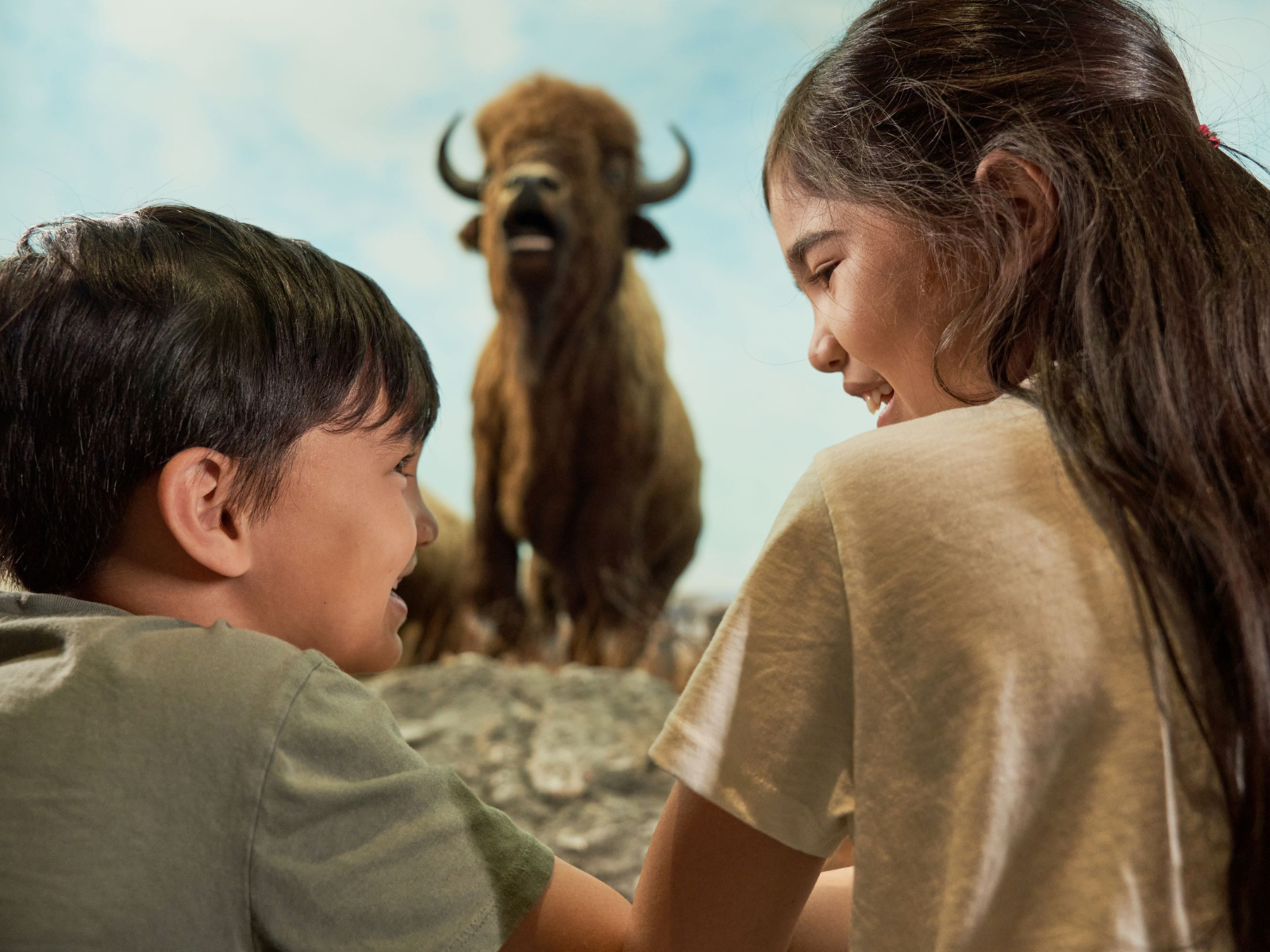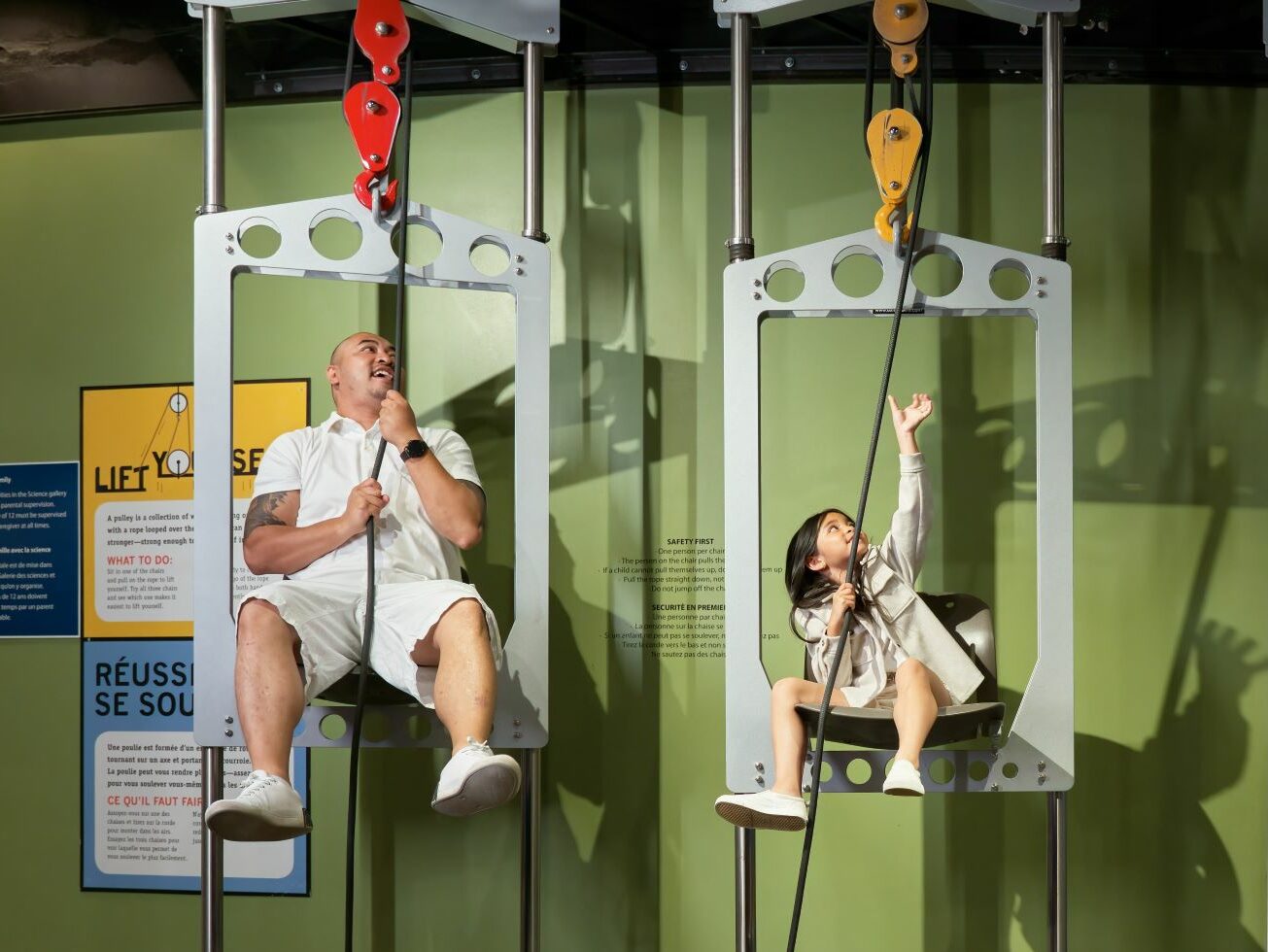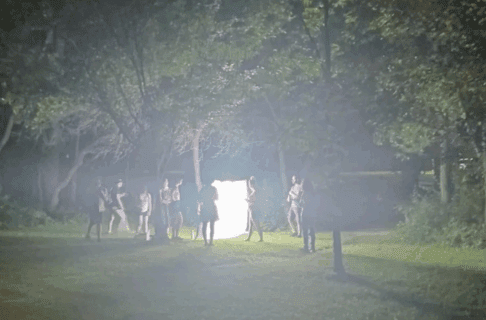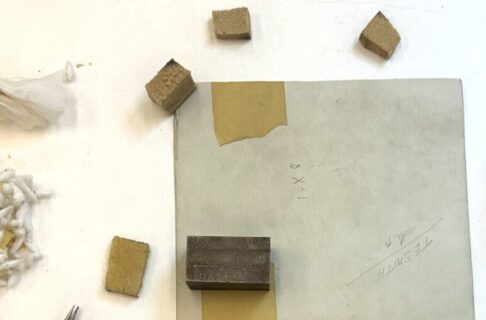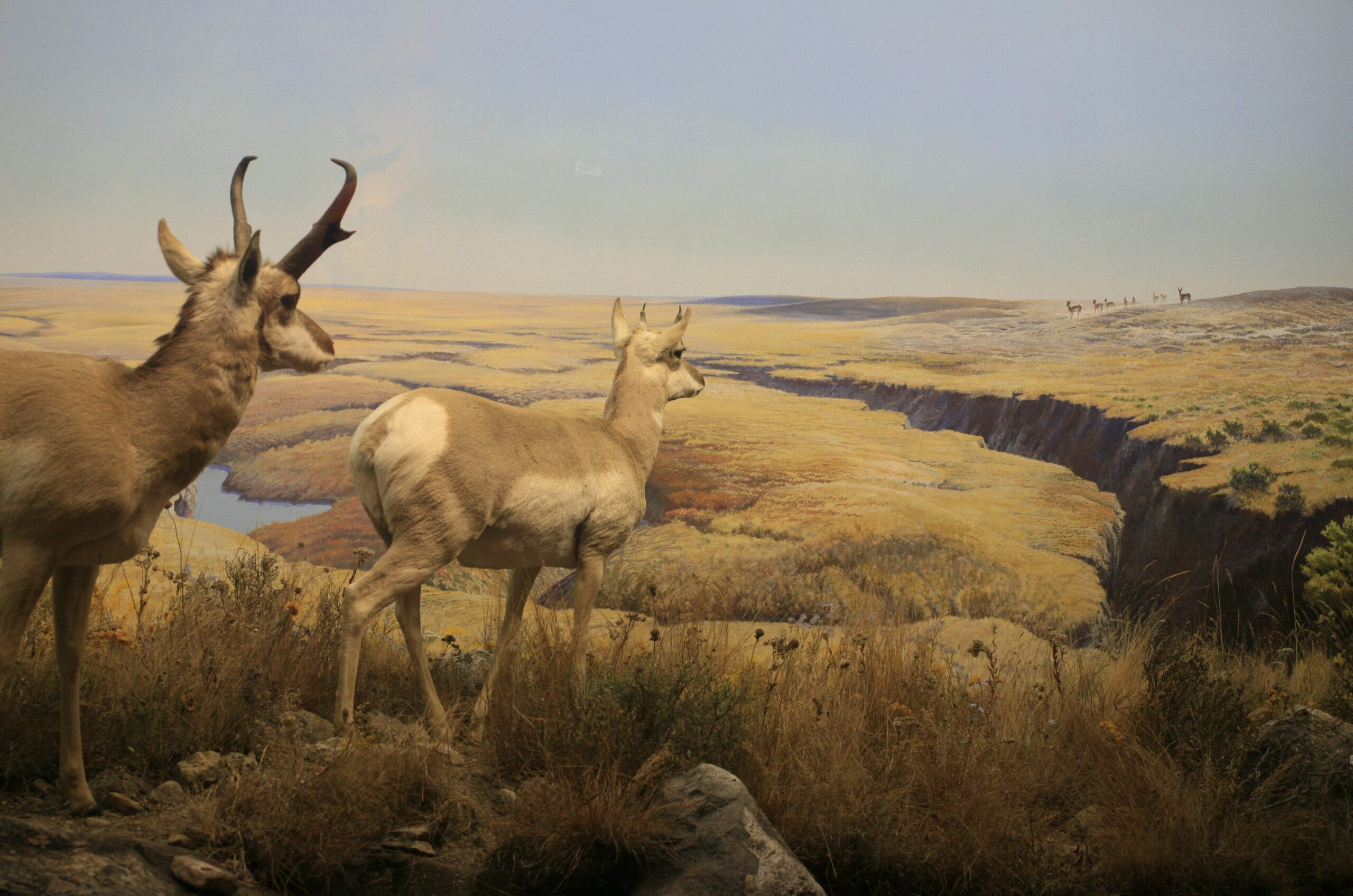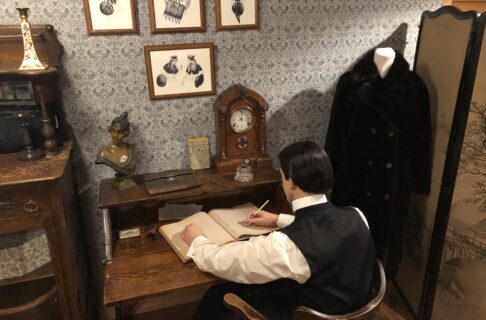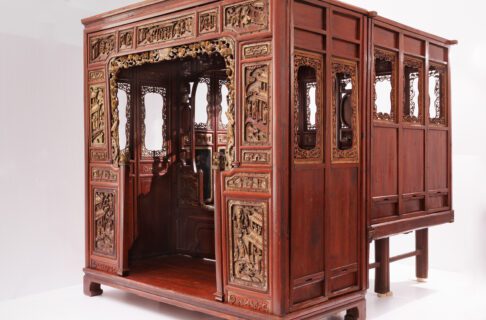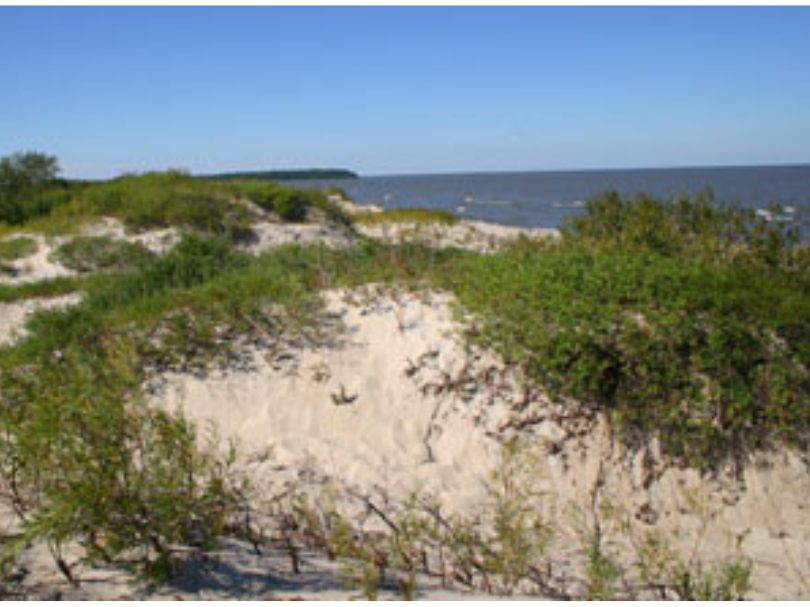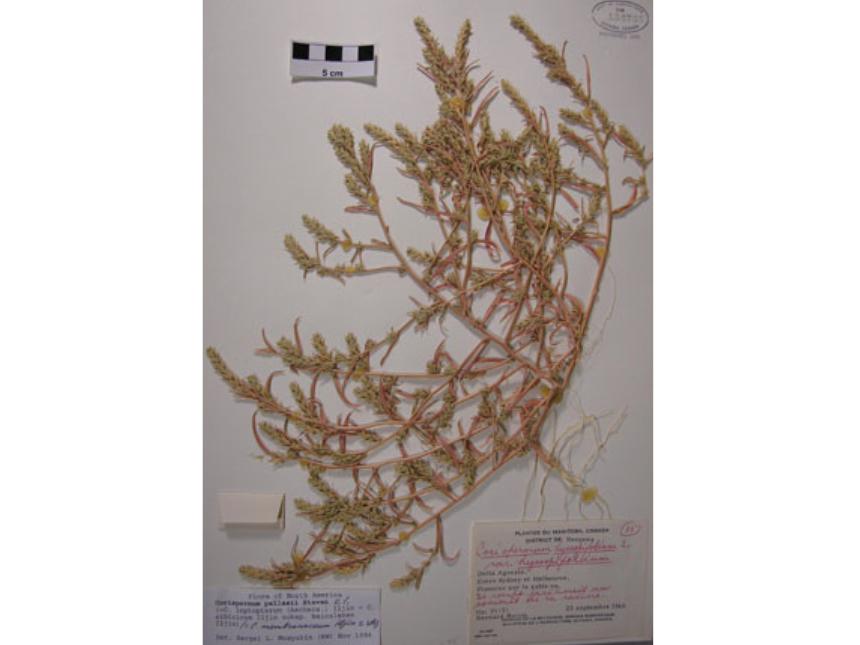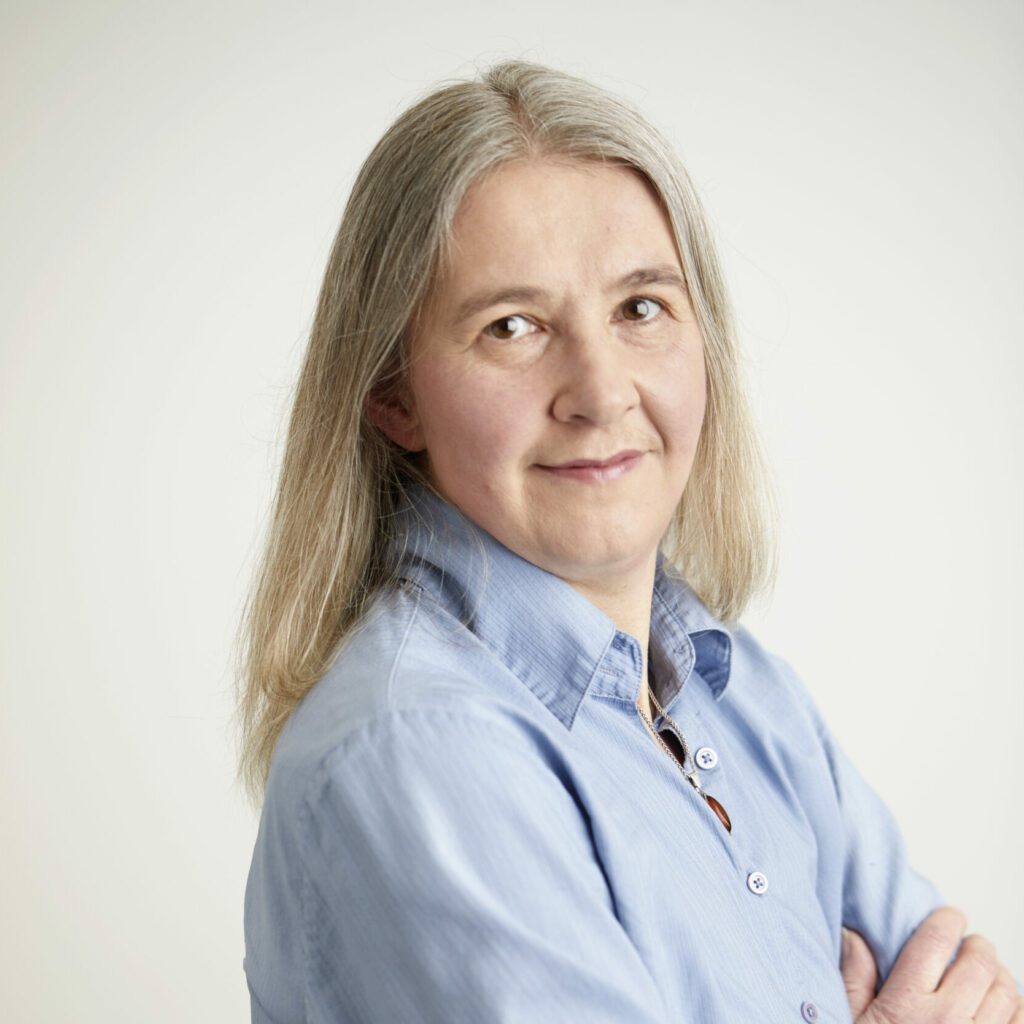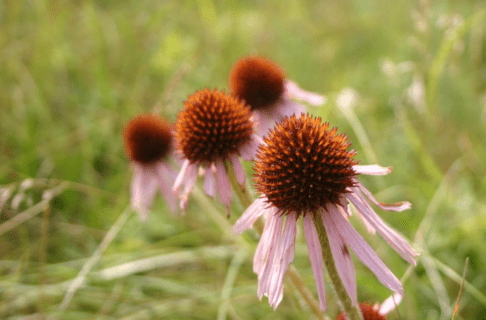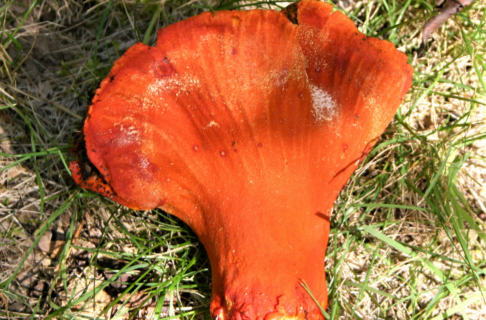Posted on: Friday January 27, 2012
I recently attended a very interesting conference in Oaxaca, Mexico. It was the 8th North American Textile Conservation Conference. Naturally, the focus was on preservation of textiles. Although I’m not a textile conservation specialist, I do work on textiles here at the Museum, and the conference offered a chance to visit a different area of Mexico, one less travelled by tourists.
As with most conferences, there were paper presentations, posters, receptions, workshops, and tours. The theme I found most interesting was that of preservation of traditional knowledge and techniques. Several papers talked about curatorial research on this subject, in different areas of the world ranging from Romania and Greece to Mexico and a Ukrainian-settled area of Cleveland, Ohio.
The tour I went on also had a focus on traditional knowledge and techniques. We first visited the farm of a local man who is trying to maintain the traditional practice of obtaining cochineal dye from insects that live on nopal cactus. He also collects guano from his ducks to use as a mordant in dyeing.
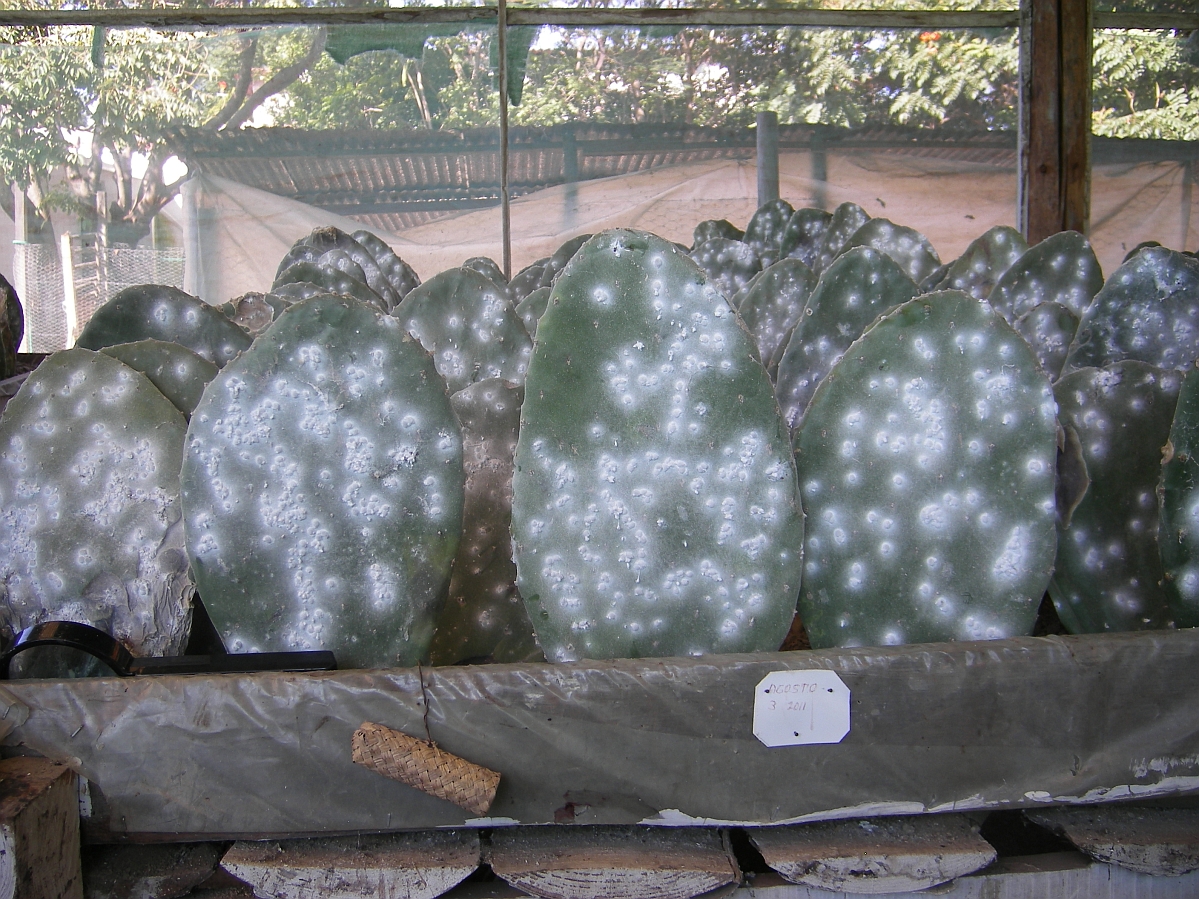
The cochineal insects are in waxy “coccoons” on the cactus pads.

They are brushed off the cacti into a tray, and will be dried and crushed to use as a dye.
Next we visited a family of artists. The women are all very skilled weavers, using traditional backstrap looms, while the son is a painter. The women gave us a weaving demonstration, and we were able to buy some of their wares. We then went to the home of another weaver, who is teaching young children the use of the backstrap loom, and who wove all the bags the conference attendees received.

The traditional weavers showed us their technique.

This local weaver made 130 of these bags for conference participants.
Finally, we went to a town where many families carry on a tradition of making painted woodcarvings. The painting is a more recent variation on a long-known tradition of carving the local copal wood.
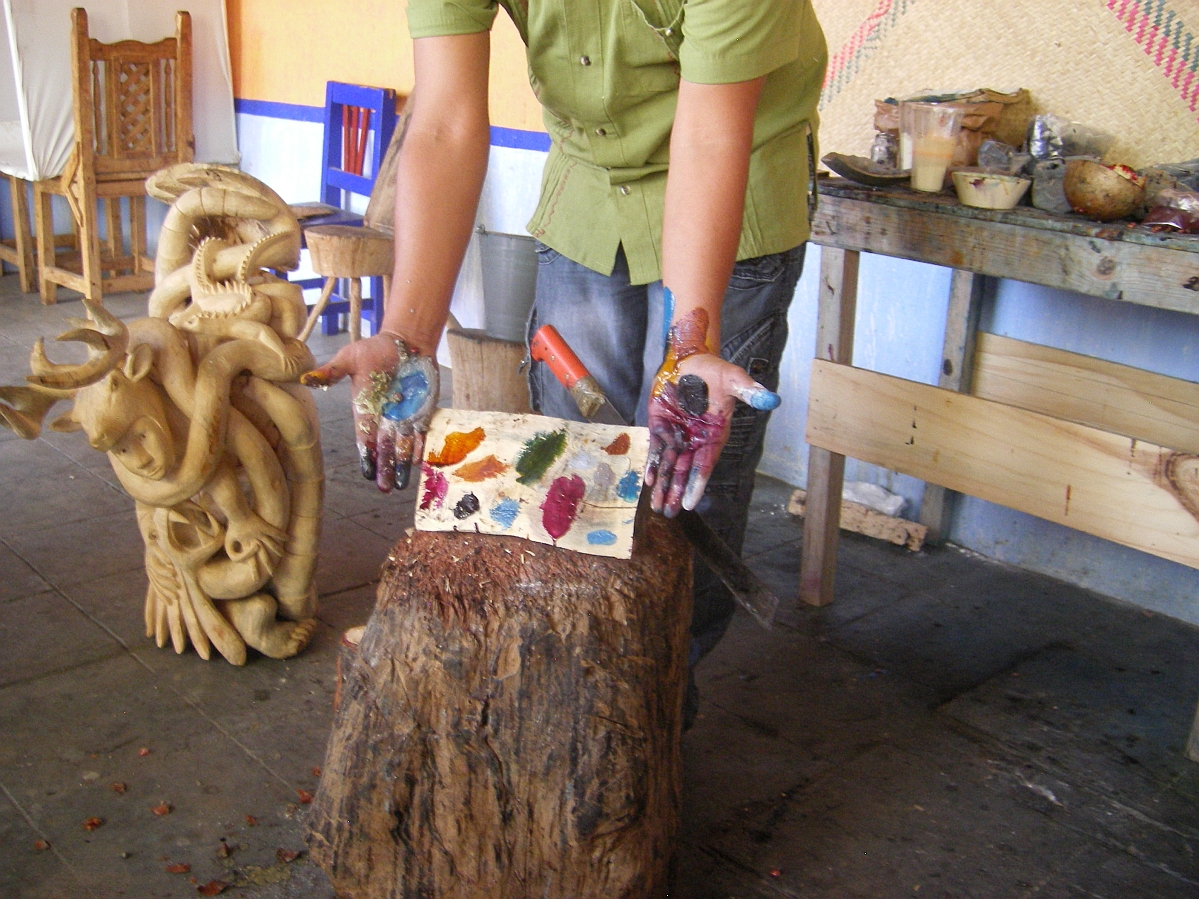
The issue of preserving traditional knowledge and practices is being given more and more attention as modernization, wars and other factors reduce or eliminate the practices of century- or millennia-old skills. Museum conservators have access to traditionally-made objects in museums. Their examinations often reveal previously unknown or little-understood details of manufacture. Knowledge of manufacturing techniques is important when treating an object, and such knowledge is critical for producing compatible repair or restoration work.
Image: A variety of natural dyes are used to paint the wood carvings.
The transmission of traditional knowledge is also a cultural practice. It’s important for conservators today to bear in mind cultural context in many aspects of the work we do. Attending this conference reinforced that for me.
